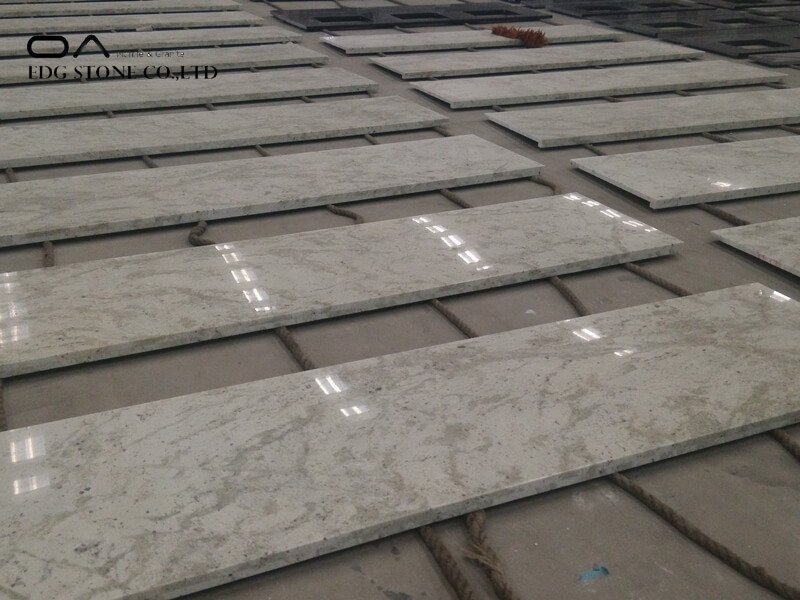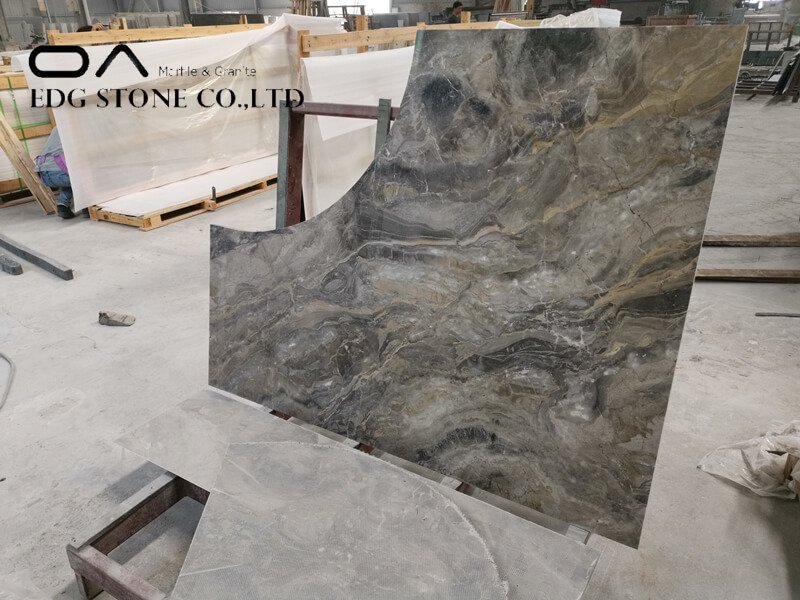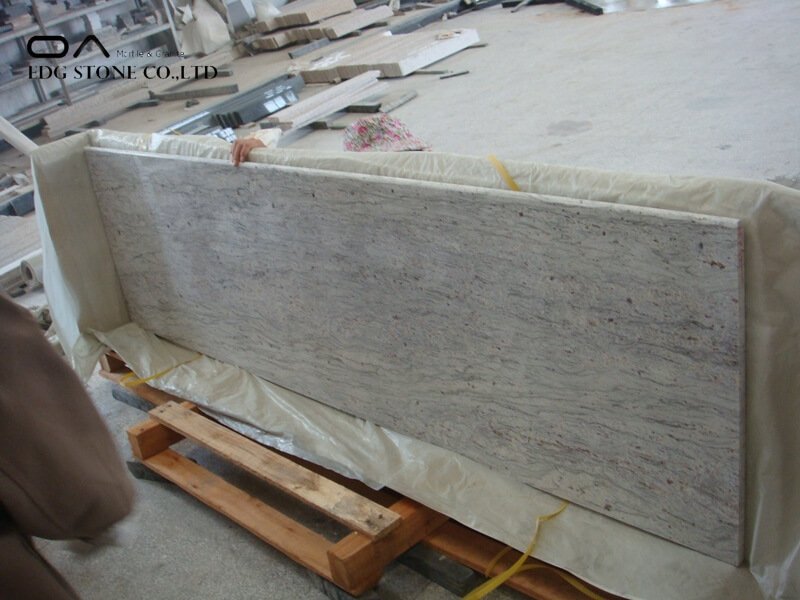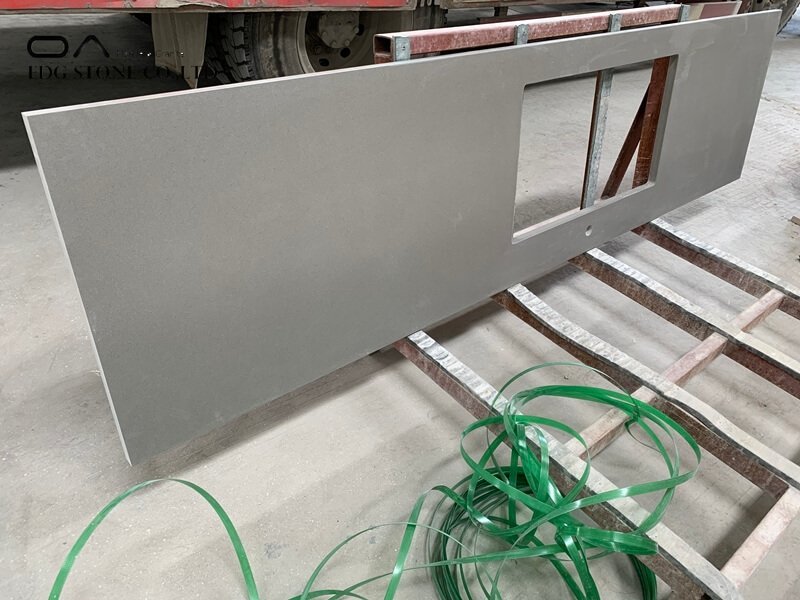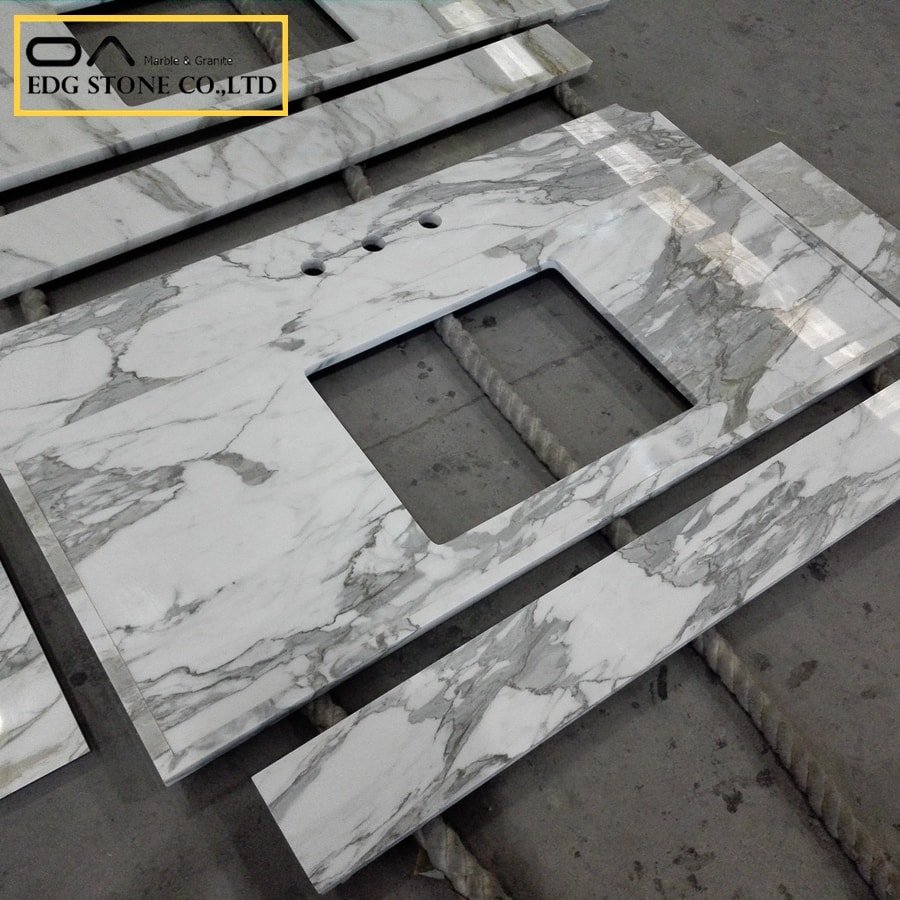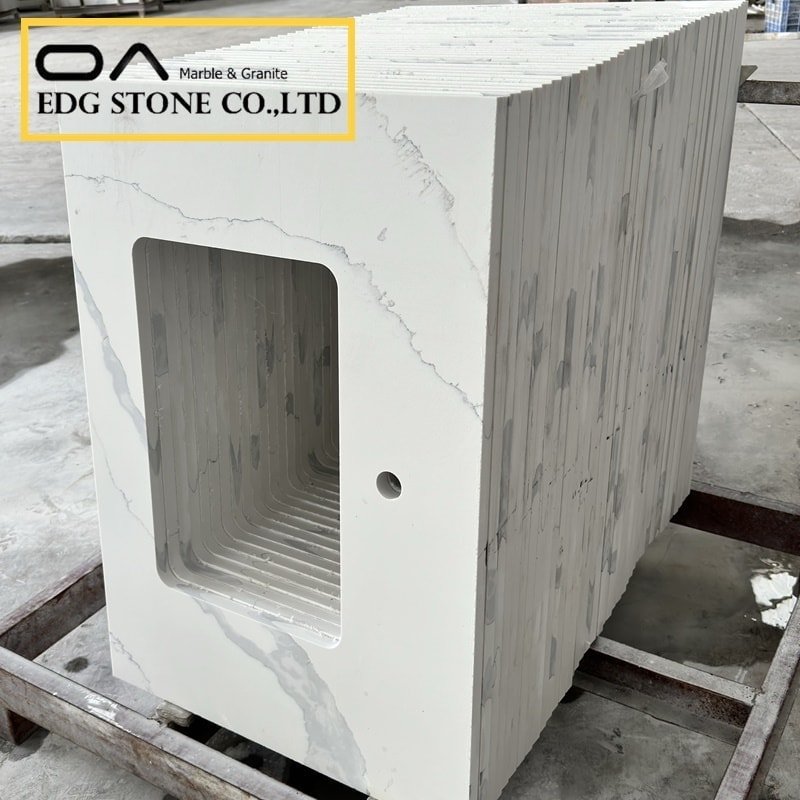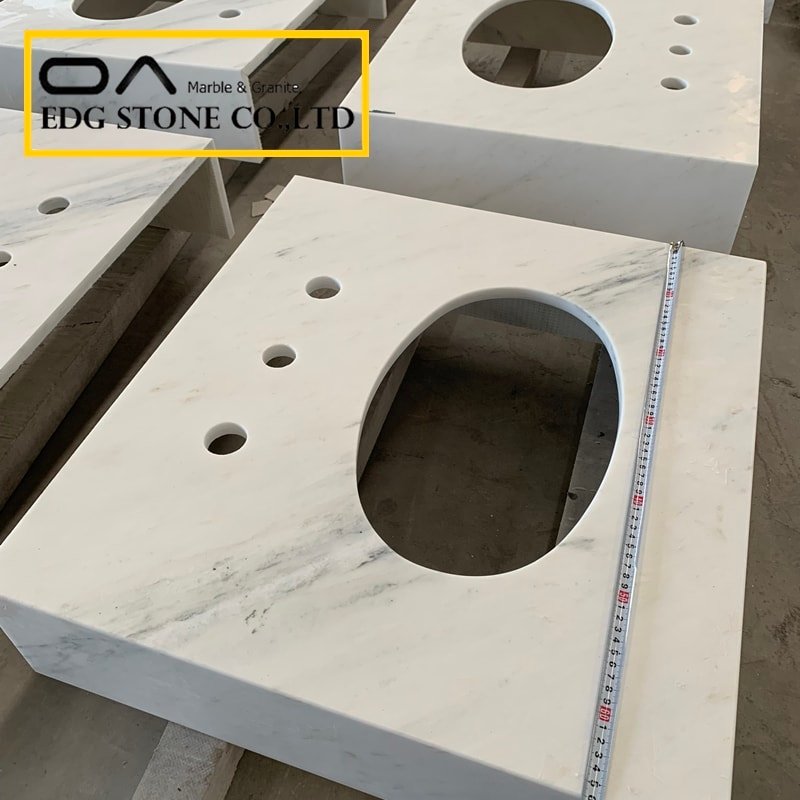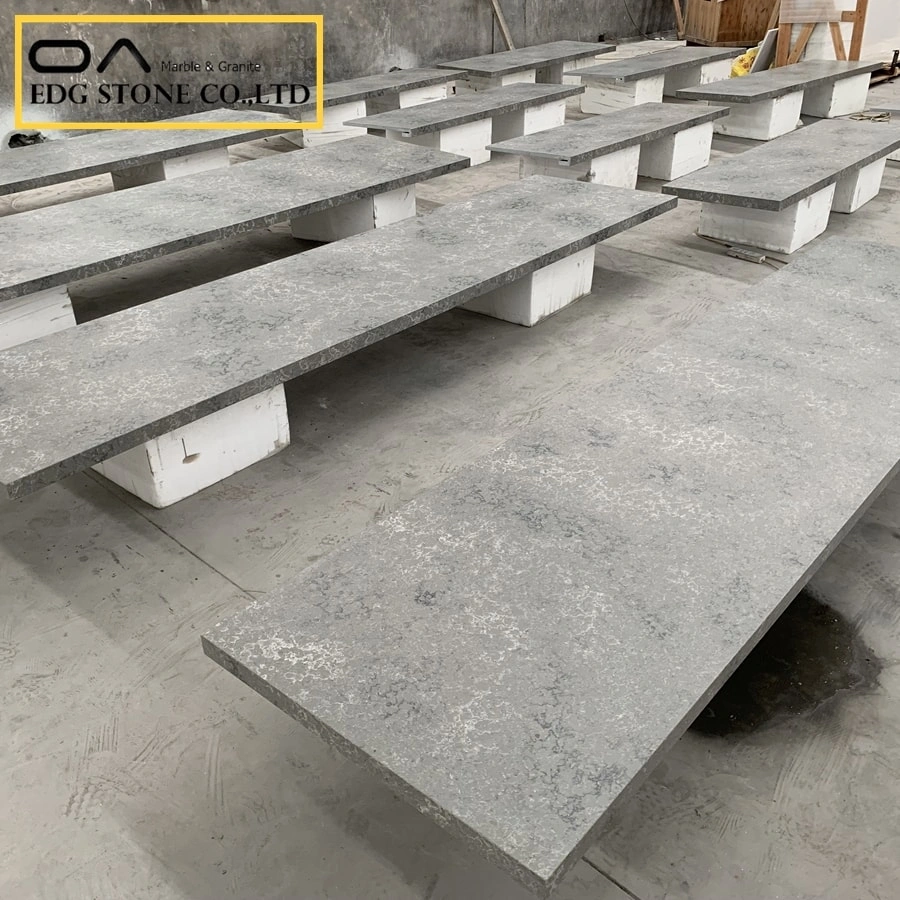Cabinets are now one of the main furniture in home life, and cabinet countertops are the closest to food. The durability and antibacterial properties of countertops directly affect people’s daily lives. More and more consumers are beginning to pay attention to the environmental protection and sanitation issues of countertops. The main decorative countertops are natural stone (marble or granite) and artificial stone. Both materials can be used. Relatively speaking, natural stone is harder, while the artificial stone is softer. Although foreign artificial stone can be treated with sandpaper on the surface of the scratched pattern, the domestic artificial stone is more and more polished.
Here are the advantages and disadvantages of several commonly used countertop materials. For your reference!
1. Marble countertops
Advantages: rich colors, soft texture, natural and diverse textures, easy to cut or engrave;
Disadvantages: Because it is naturally formed, the fine loose cracks are easy to break. Because the stone is a porous material structure, it is difficult to clean and easy to crack if dirt and sewage infiltrate during production, transportation, or construction. In daily cleaning, it is inevitable that some residues and dirt will fill in the cracks as the wipes are wiped, and become a breeding ground for bacteria.
During the long process of natural stone formation in nature, due to the presence of heavy metal substances, there will be more or less radiation, which may have an impact on the body, but it is more psychological.
2. Granite countertops
Advantages: granite has high density, high hardness, and an abrasion-resistant surface. It is also one of the materials often used in home decoration. Compared with natural marble, granite has better anti-bacterial regeneration ability among the materials that can be used for kitchen countertops.
Disadvantages: The length of natural stone as a material for cabinet countertops is usually not long, so if you want to make a long overall countertop (especially U-shaped and L-shaped countertops), there must be seams, and these seams are also easy to hide dirt.
If you like natural materials very much, then granite is an ideal choice, but you must pay special attention to the level of the joints of the construction workers to prevent hidden sanitary hazards.
Three, artificial stone countertops
Candidate stone has been widely used in home decoration, especially cabinet countertops, and is currently the mainstream cabinet countertop material on the market.
Advantages: The artificial stone has rich textures and colors, which is completely comparable to stone, and it is non-toxic and non-radiative, easy to clean, and can truly achieve seamless splicing. It is an economical, environmentally friendly, and sanitary material.
Disadvantages: Artificial stone belongs to the processing industry, and the technical requirements are not high. Many inferior products produced by small enterprises flood the market and harm the interests of consumers. Some medium and low-grade products also have problems such as fading and discoloration, poor aging resistance, and oil staining.
